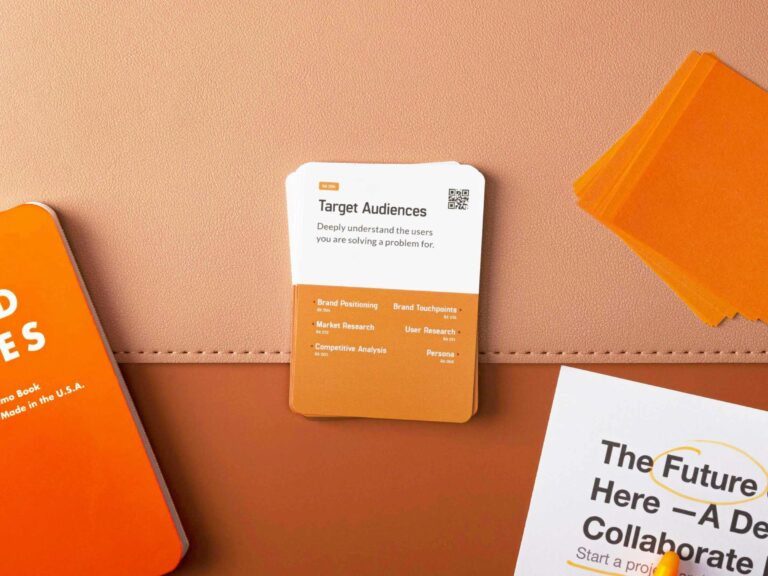As climate concerns grow and industries shift toward circular economy models, sustainability is no longer optional — it’s urgent. One of the most impactful ways to reduce environmental harm is by rethinking the very materials we use in consumer goods and construction.
Today, five powerful, emerging sustainable raw materials are gaining momentum: Cork, Bamboo, Coir, Mycelium, and Hemp. These materials don’t just offer eco-benefits — they bring innovation, efficiency, and new design possibilities.
- Cork: Lightweight, Waterproof & Regeneratively Harvested
Cork comes from the bark of cork oak trees without harming the tree. Harvested once every 9–12 years, it’s a renewable and carbon-negative material.
Why It Matters
Regenerative Resource: Bark regrows without cutting down the tree.
Carbon Sequestration: Cork trees absorb more CO₂ after harvesting.
Natural Insulator: Fireproof, waterproof, and sound-resistant.
Applications
Flooring and wall coverings in eco-conscious buildings
Footwear, wallets, yoga mats, and accessories
Insulation for sustainable construction
- Bamboo: The Fastest-Growing Renewable Material
Bamboo is a grass, not a tree — and that makes all the difference. It grows rapidly, requires no pesticides, and regenerates after harvesting.
Why It Matters
Rapid Growth: Some species grow up to 3 feet per day.
Pest-Free: No need for chemical treatment or fertilizers.
Carbon Efficient: Absorbs more CO₂ than most hardwoods.
Applications
Furniture, flooring, and structural beams
Kitchenware, cutlery, toothbrushes, and textiles
Fashion fabrics like bamboo viscose and lyocell
- Coir: Coconut Waste Turned into Functional Fiber
Coir is derived from coconut husks — an agricultural byproduct that’s now powering everything from mats to construction boards.
Why It Matters
Waste Utilization: Turns coconut waste into value-added material.
Durability: Resistant to moisture and salt, making it ideal for tough environments.
Eco-Friendly: Fully biodegradable and non-toxic.
Applications
Coir boards for insulation and eco-friendly construction
Mattresses, mats, ropes, and cushions
Plant pots and packaging materials
- Mycelium: Nature’s Fungal Fabric for Packaging, Insulation & Design
Mycelium is the root structure of fungi, forming a dense, thread-like network beneath the soil. It’s gaining recognition as a highly renewable, biodegradable, and low-impact raw material. When cultivated under controlled conditions, it grows into lightweight, durable forms that can rival traditional packaging, leather, plastic, and even insulation materials.
Why It Matters
Rapid Growth: Mycelium can be grown in just 5–7 days using agricultural waste.
Biodegradable: Fully compostable and breaks down without leaving microplastics.
Versatile Engineering: Texture, strength, and density can be tailored for different uses.
Applications
Packaging materials as a sustainable alternative to Styrofoam
Acoustic panels and thermal insulation in green construction
Furniture, handbags, footwear, and fashion accessories
Bio-architecture: walls, tiles, and even load-bearing structures
- Hemp: The Industrial Super Crop
Hemp is a highly versatile plant with an ancient history and a futuristic appeal. Grown without pesticides and with minimal water, every part of the hemp plant — from stalk to seed — can be used.
Why It Matters
High Yield: Produces more fiber per acre than cotton or flax.
Carbon Storage: Absorbs CO₂ more efficiently than most crops.
Soil Regeneration: Detoxifies and nourishes the soil.
Applications
Hempcrete as an eco-friendly alternative to concrete
Clothing, bags, bio-plastics, and industrial textiles
Animal bedding, ropes, and paper
Conclusion: Reimagining Material Innovation for a Greener Planet
These five materials — Cork, Bamboo, Coir, Mycelium, and Hemp — reflect a critical shift in how we build, design, and consume. They’re not only better for the planet, but also open doors to functional, aesthetic, and cost-effective alternatives to traditional materials.
Whether you’re a manufacturer, brand, or designer, exploring these eco-materials can future-proof your products and business while supporting a regenerative economy.






